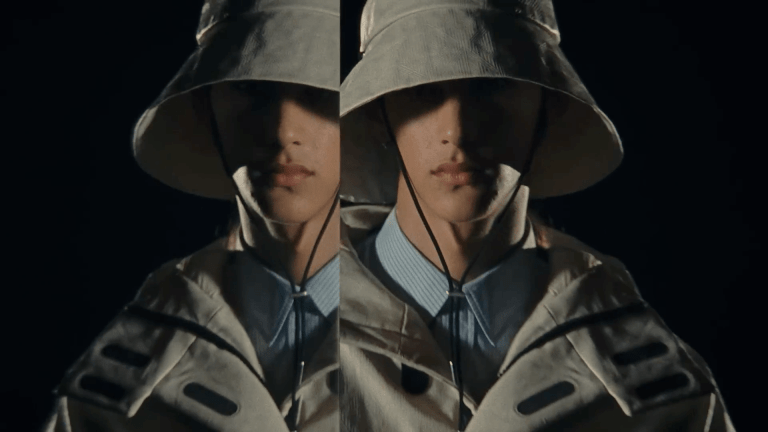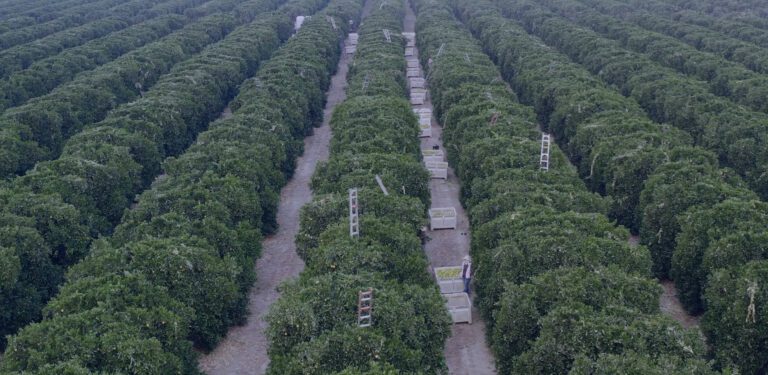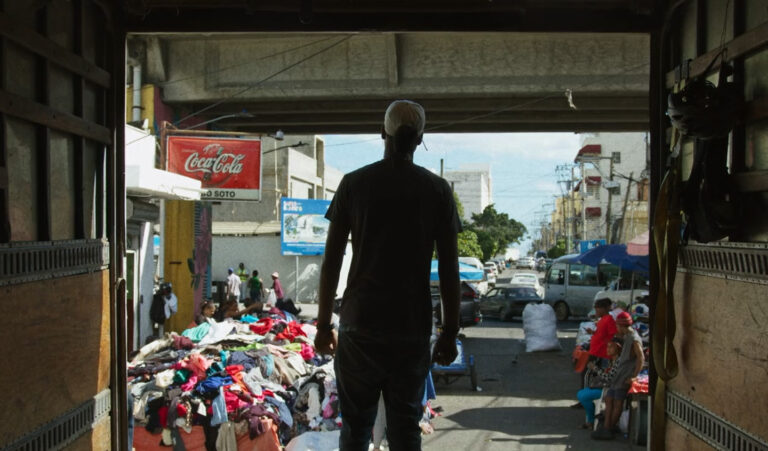Suggested Terms
Director
Location
Format
Festival
Agency
Production Company
Record Label
Award
Country
- United Kingdom
April 2021
Sam Davis & Tom Andrew direct ‘VOID: One Year Of Silence’.
One year on from the UK’s first lockdown, clubs remain closed. Empty dance floors across England to original music by Daniel Avery.
Country
- United Kingdom
Credits
-
Director
-
Director
-
Director of Photography
Yannick Hausler →
-
Editor
Ben Elkaim →
-
Colourist
Myles Bevan →
-
VFX
Greedy Goons
-
Music
Daniel Avery













